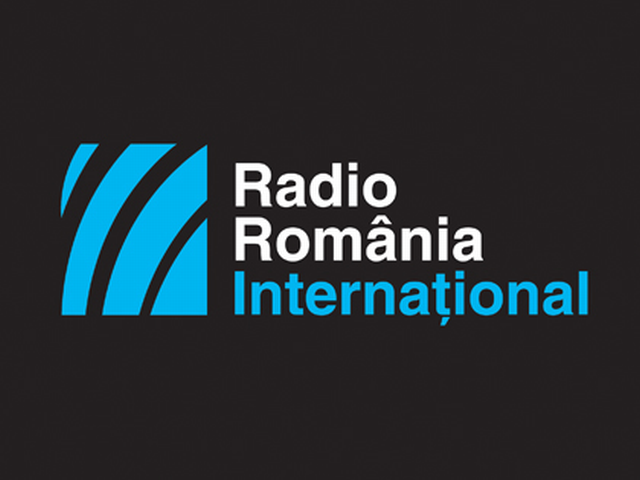The Genocide of Romanians in Northern Bukovina
A look at the fate of Northern Bukovina in 1940.

România Internațional, 02.05.2016, 13:00
The Soviet occupation of Northern Bukovina in the summer of 1940 was marked by the deportation of the Romanian population and the ethnic cleansing of the entire region. In 1930, Romanians accounted for 44% of Bukovina’s population, Ukrainians 29%, while the German, Jewish, Polish and Roma minorities for the remaining 26%. Soviet authorities resorted to violence to displace the Romanian population, even committing mass murders. Left defenseless, the Romanian population had to comply with the order of leaving the country for Siberia, without ever being able to return to their homeland. The only option was to flee Romania, a choice some found it hard to make, and for some of whom was nothing short of death. And so it was.
Historian Pavel Moraru with the “Lucian Blaga” University in Sibiu believes that the Sovietization process was aimed not only at antagonizing the population to control the means of production and labour, but also at destroying ethnic diversity.
“As opposed to other regions of the Soviet Union, the repression here targeted specific ethnic groups. The repression was based not only on class warfare, but also on an ethnic criterion, underlying a strong denationalization process of the region. The majority of those deported or suppressed by Soviet authorities were Romanians. It’s true that other ethnic groups suffered at the Soviets’ hands, although to a lesser degree. We are mainly talking about a cleansing of the Romanian population, young people in particular, who could not be assassinated. The Soviet Union still needed young people as labour force for its enterprises”.
Bukovina had not once in its history been part of Russia or the Soviet Union. The province had been the cornerstone of the Moldovan state founded in the mid 14th century by Romanians from Maramures. In time, it became the bone of contention between Poland and Moldova. In the 17th century, for a short period of time, Bukovina was annexed by the Ottoman Empire, only to enter Habsburg rule in 1775. In 1918 Bukovina became part of the Kingdom of Romania. Historian Pavel Moraru highlighted the fact that the people of Bukovina had to face not only a new political regime, but also its sheer brutality:
“The regime set up in Northern Bukovina was entirely new to the people. Bessarabians were familiar with the practices employed east of their borders, given that Bessarabia had been previously part of the Russian Empire. For the people of Bukovina however, this was a whole new thing, it was a Ukrainisation and Russification of the population by switching to an entirely new system of living. And of course, the transformations came with repression”.
The Romanians in Bukovina who refused the Soviet occupation or to be deported to Siberia chose to seek refuge in Romania. The Soviet regime however was not one to respect the will of the people, particularly when it came to freedom of movement. So, as a first step, they closed down the border, to show their determination. At the beginning of 1941, the NKVD spread rumors according to which the regime would allow civilian population free and safe passage into Romania. On April 1, a group of approximately 3,000 Romanians from villages on the valley of Siret River made their way towards the border, planning to cross the border into Romania. 3 kilometers from the borders, the Soviet border police warned the convoy to halt. The people ignored the warning and the military opened fire, killing an unknown number of innocent civilians. The survivors were hunted down and killed with the bayonets. After the massacre, the wounded and the dead were buried in mass graves, men, women and children. The few who were arrested were questioned, tortured and shot. Soviet archives speak of 20 victims, while separate estimates claim that as many as 2,000 people were killed.
Historian Pavel Moraru says the massacres and deportations were not random and indiscriminate, but the result of the authorities’ cynical and foul planning.
“Soviet practices were all based on court rulings, taken hastily, but rulings nonetheless. On July 9, 1940, the authorities decided to set up military tribunals, as it was a matter of urgency. On the next day, Lavrenti Beria, the people’s commissioner for internal affairs and the head of the NKVD, called on the Government to supplement escort troops. The military tribunals were ordered to arrest as many people as possible in order for the escort troops to be able to ensure their safety. Why was it necessary to arrest so many people? Because, statistically speaking, any communist regime would automatically wipe out 10% of the population. This figure was also confirmed in the case of Bessarabia, as well as in Northern Bukovina. For one year, according to some estimates, 12% of the population of the two provinces was killed and deported. The people were expected to show loyalty to the authorities in order to make it easier for a territory to be denationalized, so as to show future generations that the territory had never been Romanian. Once this was achieved, the Soviets then moved to plunder the territories. Right after the occupation, the market was seriously affected, and supplies were running short”.
The mass murders and deportations of 1940 would be just the tip of the iceberg. After the war, the tragedy of the Romanians from Bukovina and Bessarabians went beyond the limits of what is acceptable and understandable.
(Translated by V. Palcu)




























